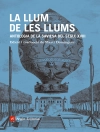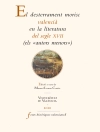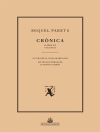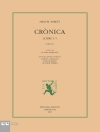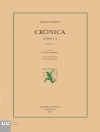Geology controls the outcome of battle and no more so than during the trench warfare of the Great War; this new book by expert Peter Doyle takes us through the details. An understanding of terrain has been the mark of a great commander from at least the time of Sun Tzu, and most campaigns can be interpreted and understood from this standpoint. It is the Great War, a war of trenches and dug-outs, of mines and mud, that epitomises the struggles of commander and soldier alike in the prosecution of battle against the obstacles set for them by terrain. This book, based on twenty-five years of study, takes the geology of northern France and Flanders and examines such issues as: What created Flanders mud? How were the Germans able to dig deep dug-outs to resist the British on the Somme? and, Why were the British successful at mine warfare? These and other issues are dealt with in this volume illustrated throughout with maps and photographs.
Over de auteur
Peter Doyle is a geologist and well known military historian specialising in the impact of terrain on the outcome of battle, particularly in the Great War, as well as the British experience of war. He is Secretary of the All Party Parliamentary War Heritage Group and visiting Professor at University College London. More details can be found at www.peterdoylemilitaryhistory.com.


